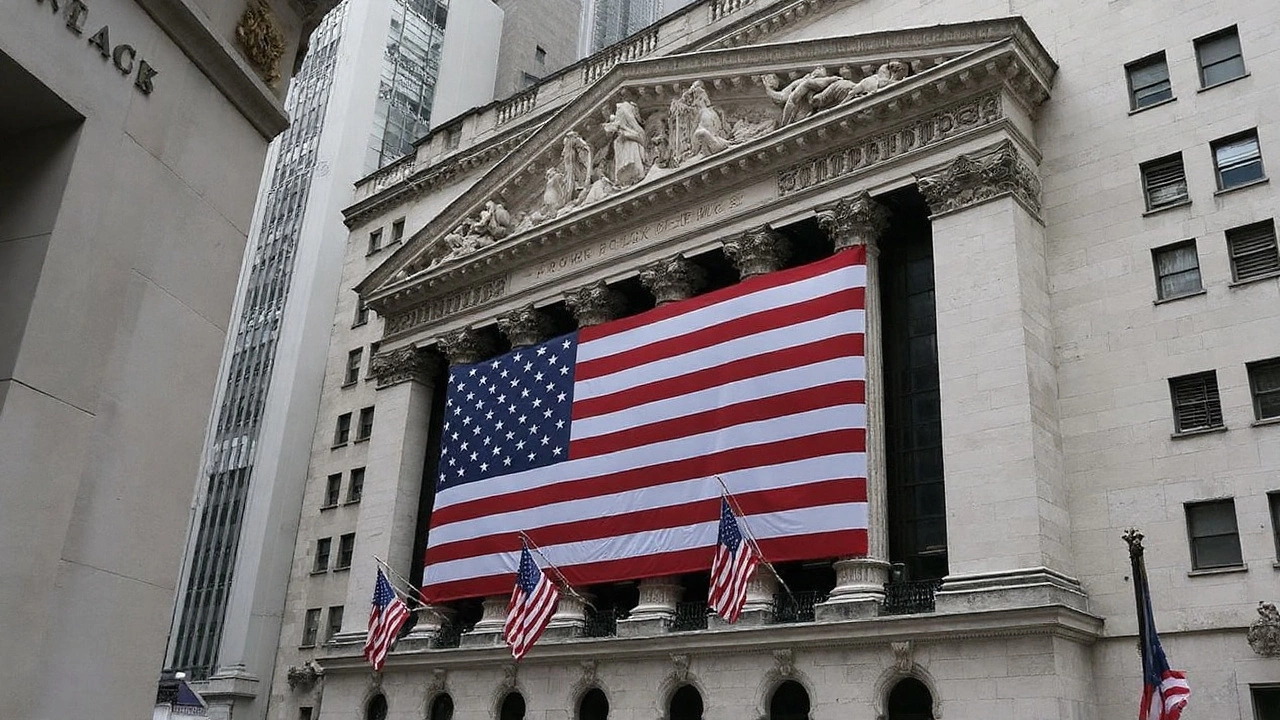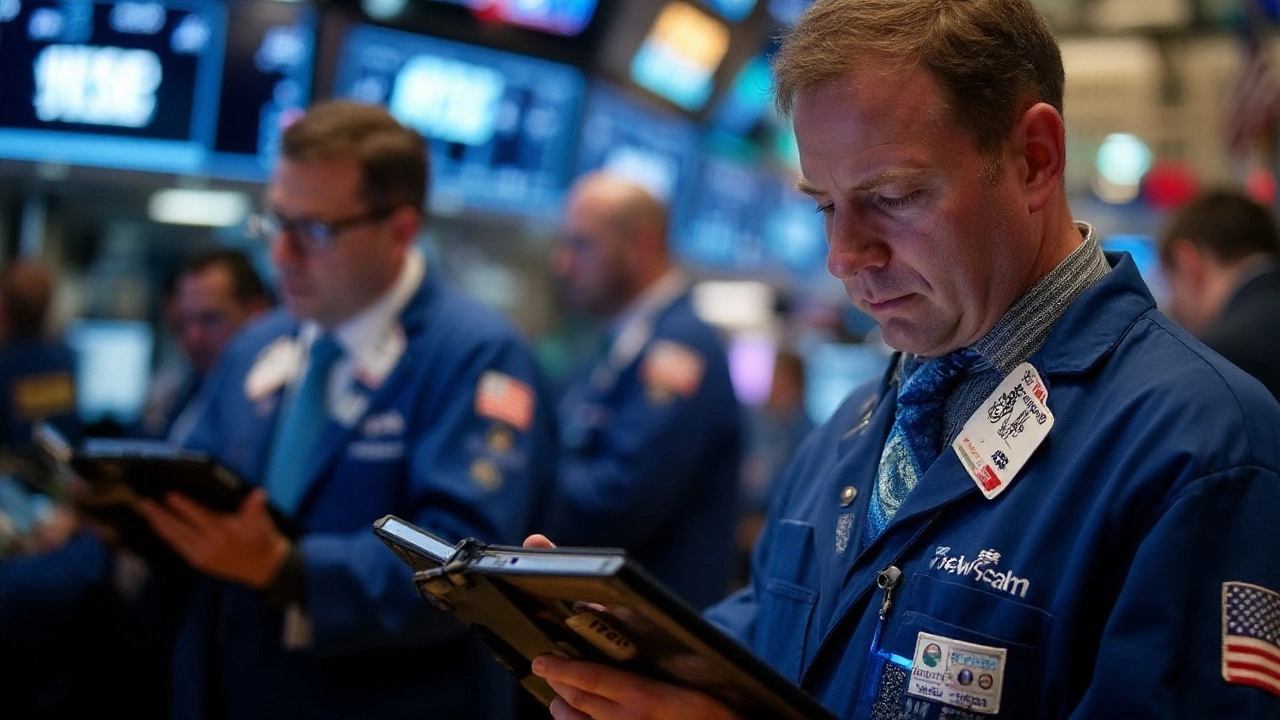Market Movers: Dollar, Bonds and the Political Flashpoint
On Monday the greenback slipped about 0.2%, a modest decline that nonetheless left it lagging behind most of its peers. The dip came hand‑in‑hand with a noticeable jump in the 30-Year Treasury yield, which rose as traders priced in fresh uncertainty over the Federal Reserve’s autonomy.
President Donald Trump’s public push to remove Fed Governor Lisa Cook has sharpened worries that political pressure could seep into monetary policy. Critics argue that meddling could undermine the Fed’s credibility, nudging inflation expectations higher and prompting investors to demand a bigger premium for holding long‑dated debt.
While the dollar’s slide was relatively tame, the broader bond market felt the tremor. The 30‑year Treasury price fell in step with similar declines in French and UK sovereign bonds, extending a sell‑off that has been fed by relentless inflation fears and ballooning fiscal deficits.

Equities Hold Steady, Nvidia Leads the Pack
Despite the turbulence in currencies and long‑term yields, U.S. equities showed resilience. The S&P 500 nudged up 0.4%, with mega‑cap technology names providing the lift. Nvidia, poised to release its quarterly earnings, posted the day’s biggest gain among the heavyweights, sparking optimism that its AI‑driven growth story remains intact.
Not all stocks shared the upbeat vibe. UnitedHealth Group shed value after reports revealed that a criminal probe into the firm was broader than a simple Medicare‑fraud inquiry, raising concerns about potential fines or operational disruptions.
On the short‑end of the yield curve, the market found a rare anchor: a $69 billion auction of two‑year Treasury notes that went smoothly. The robust demand for these notes helped short‑term rates stay firm, offering a counterbalance to the volatile longer‑dated segment.
The spread between five‑year and 30‑year yields hit its steepest point since 2021, underscoring the market’s uneasy stance on where policy might head. A widening gap typically signals that investors expect higher inflation or a slower pace of rate cuts in the future.
The Fed, for its part, broke its usual silence on the controversy. In an unusual statement, the central bank said it would respect any court ruling on Governor Cook’s legal challenge to her dismissal. While the language was measured, the mere fact that the Fed weighed in publicly highlighted how rare and serious the situation is perceived to be.
Analysts point out that any perceived erosion of the Fed’s independence could ripple through multiple asset classes. “When politics starts dictating who sits on the board, you get a credibility gap,” one market strategis t said. “That gap translates into higher yields, a softer dollar, and jittery equity markets.”
As the trading day closed, the market narrative centered on a delicate balancing act: investors watching the political theater while still trying to price in real‑world data on inflation, employment, and corporate earnings. The next moves by the White House, the courts, and the Fed will likely keep the volatility dialed up for weeks to come.
